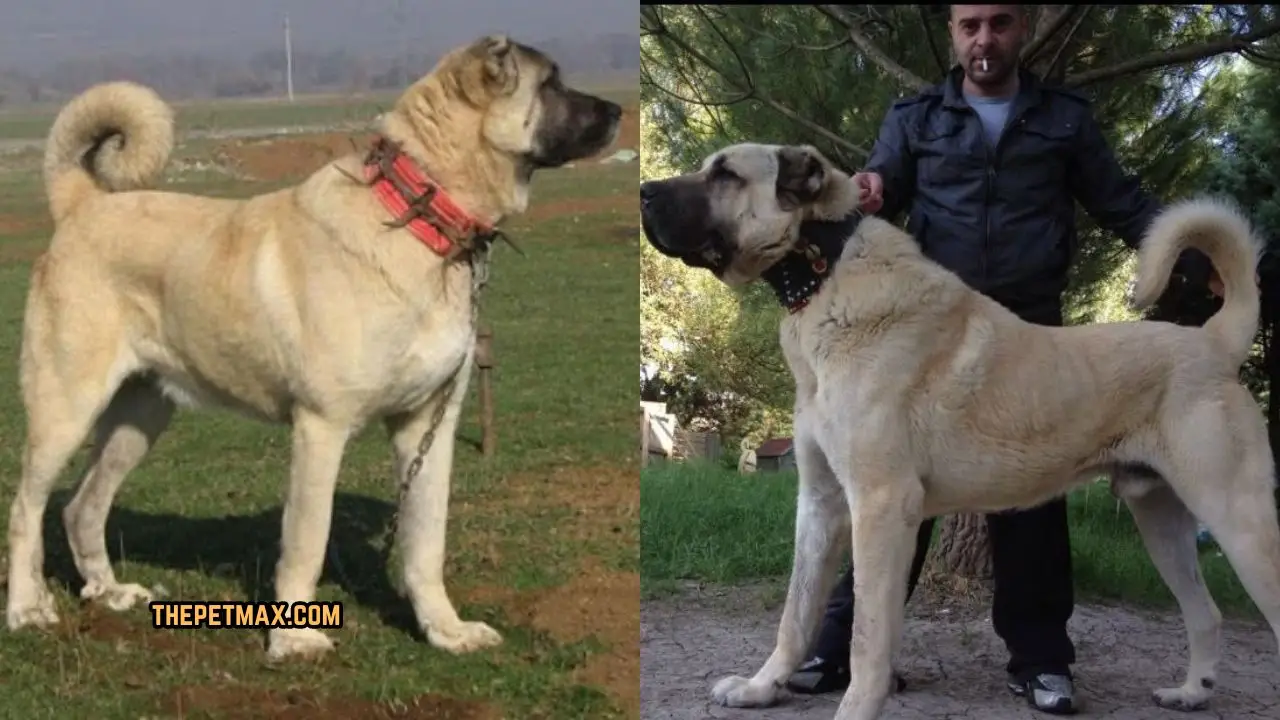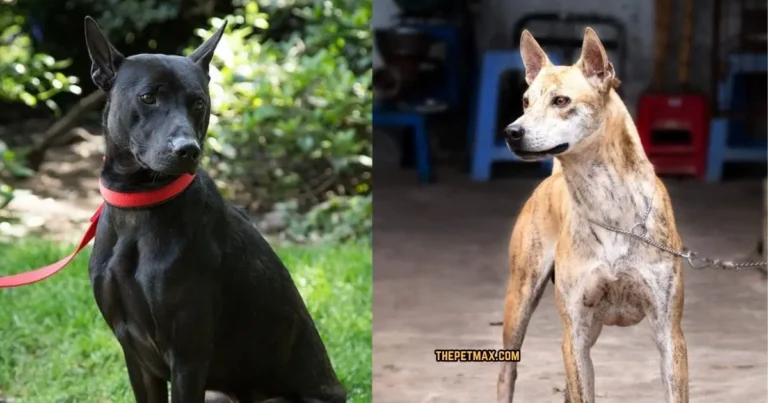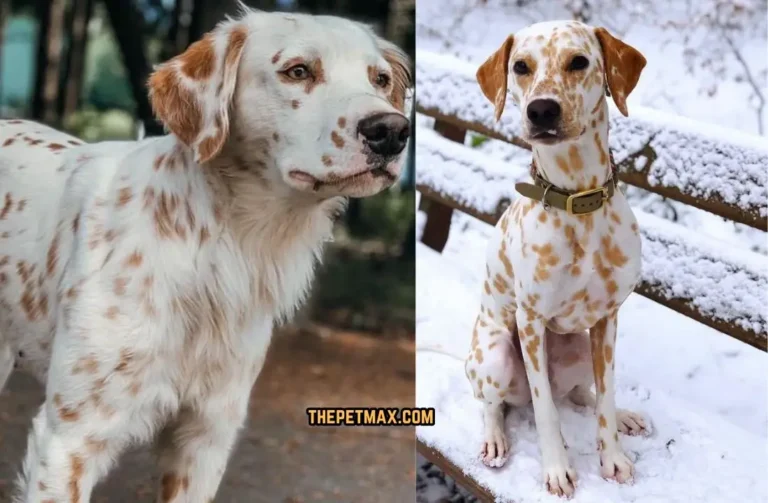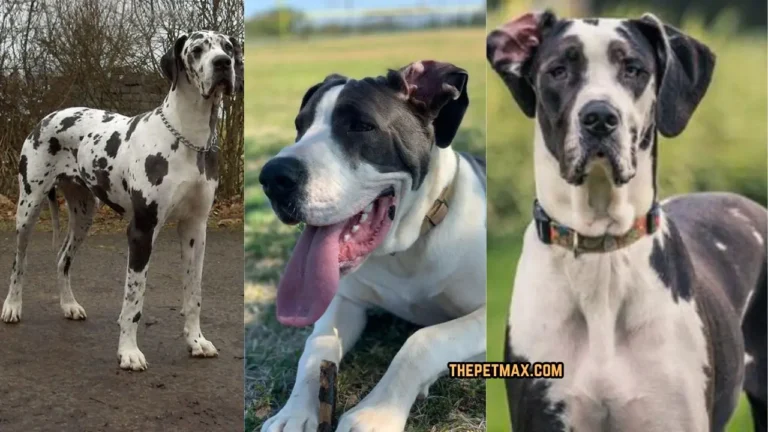Kurdish Kangal Dog Breed Complete Guide

Kurdish Kangal dogs, also known as Kangals, are a breed of companion dogs that are becoming more and more popular as livestock protectors. These dogs need lots of space due to their heartiness and size, which is 25.5 inches for females and 27.5 inches for males. This dog typically wears yellow and light gray as their colors.
Their feet, shins, and faces are all black-masked. Dogs with Kangal coats are small and have dense, soft undercoats. The Turkish Kangal family and the city of the same name in the Sivas province are the ancestors of these dogs.
Contents
- 1 Some Quick Facts About Kurdish Kangal:
- 2 Kurdish Kangal Dog Breed Overview:
- 3 Kurdish Kangal History:
- 4 Kurdish Kangal Dog Breed Temperament:
- 5 Do Kurdish Kangal Dog Breeds Shed?
- 6 Kurdish Kangal Puppies:
- 7 Are Kurdish Kangal Good for Families?
- 8 Food and Diet Requirements of Kurdish Kangal:
- 9 How to Train Kurdish Kangal?
- 10 Exercise Needs of Kurdish Kangal:
- 11 Grooming Needs of Kurdish Kangal:
- 12 Health Conditions:
- 13 Conclusion:
- 14 FAQ’s:
- 15 Related Posts:
Some Quick Facts About Kurdish Kangal:
- The Kurdish Kangal or Anatolian Shepherd Was a Secret Weapon in World War II
- The Kurdish Kangal is a Little Bit Tolerant
- It is an Ancient Breed
Kurdish Kangal Dog Breed Overview:
Many personality traits of Kangal Dogs may be derived from this fact. It is a devoted and loving friend to its owners, but it is not very sociable with strangers. It is not very flexible and won’t allow to live in an apartment. The Kangal Dog is not the ideal breed for people who are new to owning pets. It will thrive in the company of coated people who can recognize its unique requirements and personality.
| Weight | 80 to 160 Pounds |
| Height | 27 to 29 Inches |
| Lifespan | 11 to 14 Years |
| Colors | Black, Cream, and Gray |
| Other Names | Sivas Kangal and Turkish Kangal |
| Litter Size | 5 to 10 Puppies |
| Temperament | Independent, intelligent, calm, and loyal |
| Breed Group | Working |
| Origin | Turkey |
| Puppy Price | $1500 to $2500 USD |
Kurdish Kangal History:

The early mastiff type dogs seen in Assyrian art are believed to be related to the ancient breed of Kangal Dog, which was developed for flock guarding purposes. The Kangal District of Sivas Province in Central Turkey, where the breed could have originated, is honored in the breed’s name.
Because of the Sivas Kangal region’s relative isolation, cross breeding has not taken place, resulting in the Kangal Dog being a naturally developed breed with almost identical appearance, disposition, and behavior.

The genuine Turkish Kangal Dogs are believed to be different from the general Turkish shepherd dog, despite the claims of some individuals that all Turkish shepherd dogs belong to the Anatolian Shepherd breed. Pure Kangal Dog exports from Turkey have been restricted and are currently banned.
The Kangal Dog, recognized as Turkey’s National Dog and a national treasure, is a unique breed that developed from the remote historical conditions of the Sivas-Kangal region.
The genuine Turkish Kangal Dogs are still actually working shepherds at their very core. The American Kangal Dog Club is still striving to reduce import limitations. Because of their potential to add to the genetic pool, imported dogs are highly valued.
Kurdish Kangal Dog Breed Temperament:
The way a dog’s job impacts its personality as a pet continues to amaze us. The Kangal Dog was dependent on its intelligence and keen observation. Even in dogs that lack the same behavior, that is obvious. The breed has a strong connection with these traits. That manifests as intelligence in this particular case. The Kangal Dog had the ability to differentiate between friends and opponents.
The goal of training this dog is to make it the leader of the pack. Dogs are actually focused toward keeping order in their packs. Humans living with dogs form a pack that they call their own. Under a single leader, the entire pack works together and rules are established and boundaries are clear.
A dog will growl and eventually bite to express his displeasure, so all other humans have to be smaller on the hierarchy than the dog. It must be humans, not dogs, who make the decisions. Your relationship with your dog can only be fully successful in this way.
Do Kurdish Kangal Dog Breeds Shed?

You might want to think about how much shedding your dog will do when thinking about bringing one into your home. You should expect to find pet hair on your clothes and all over your house, it does not matter what breed of dog you have. Of course, breed to breed differences in shedding tendencies mean that this amount can vary significantly. Certain dog breeds, especially those with thick double coats or long fur, shed all the time. Some experience seasonal blowouts while others hardly shed at all.
Kurdish Kangal Puppies:
Not everyone should own a Kangal dog as a pet because for many people, it might be off the table due to a few traits. The obvious problem is its size that affects the price of owning one and increases the need for adequate socializing and training. The pup is comparatively new and the breed is recognized by the United Kennel Club and the American Kennel Club.
Are Kurdish Kangal Good for Families?
If there are no kids in the home, the Kangal Dog is the perfect breed to adopt as a family pet. This puppy is not a good fit for the children. Never forget that these are guard dogs, not herding dogs. They will not acquire the smaller ones like a Border Collie would do.
Food and Diet Requirements of Kurdish Kangal:

The giant breed Kangal Dog needs food that meets its specific nutritional requirements. Providing your pet with a diet suitable for its size is essential. Puppies of larger breeds mature faster than these ones. Due to their different metabolisms, pets may experience nutritional deficiencies if you give them the incorrect food. A lot of kibble is also required for your Kangal Dog.
Your puppy needs three or four meals a day. This will guarantee that during this unpredictable stage of your pet’s life, its blood sugar levels remain consistent. It will take your Kangal Dog much longer than 12 months to mature into an adult dog. We advise following the manufacturer’s advice regarding portion sizes appropriate for the foods they sell.
How to Train Kurdish Kangal?
The Kangal Dog’s job is a quite intelligent dog but it’s a sword with two sides. It can be difficult for new pet owners to train their animals. This puppy is best suited for an individual with experience. Its potential to promote wanderlust is the other factor. Recall that the dog’s only job was to ensure the safety of the flock.
Exercise Needs of Kurdish Kangal:

We are always shocked by giant breeds with relatively little exercise requirements. This applies as well to the Kangal Dog and it moves slowly and takes life easy. Daily walks are necessary to give your dog mental and physical stimulation. This will strengthen your relationship with your pet. It will lead it to unusual events that help protect adults from fear.
Grooming Needs of Kurdish Kangal:
The coat of the Kangal Dog breed is suitable for an outdoor dog and it is thick and protects the dog from the weather. But grooming is not difficult as brushing it regularly will keep it healthy and enable you to keep an eye out for any possible skin conditions. Its nails need to be trimmed on a regular basis especially if you don’t walk your pet on the street.
Health Conditions:
Many of the health issues common to overbred breeds are absent in the Kangal Dog. This pup is protected by its obscurity and its potential issues are common for dogs of its size and build. Some can be managed through pre-breeding health screening. Much of the remainder can be handled by taking feeding precautions.
Conclusion:
The Kangal Dog is an amazing dog and it is calm but powerful. Those who adopt this puppy won’t regret it, yet it’s not the greatest option for every pet owner. In the end, there’s a reason why this breed has survived for hundreds of years.
FAQ’s:
Is the Kangal Dog Breed Kurdish or Turkish?
Turkey’s Sivas province is the origin of the Kangal dog breed. In Turkey, it is recognized as a national treasure and is also known as the “Turkish Kangal.” But the breed can also be found in other Middle Eastern and Central Asian nations, as well as the Kurdish areas of Turkey. Many kennel clubs recognize the breed, which is prized for its strength and loyalty.




